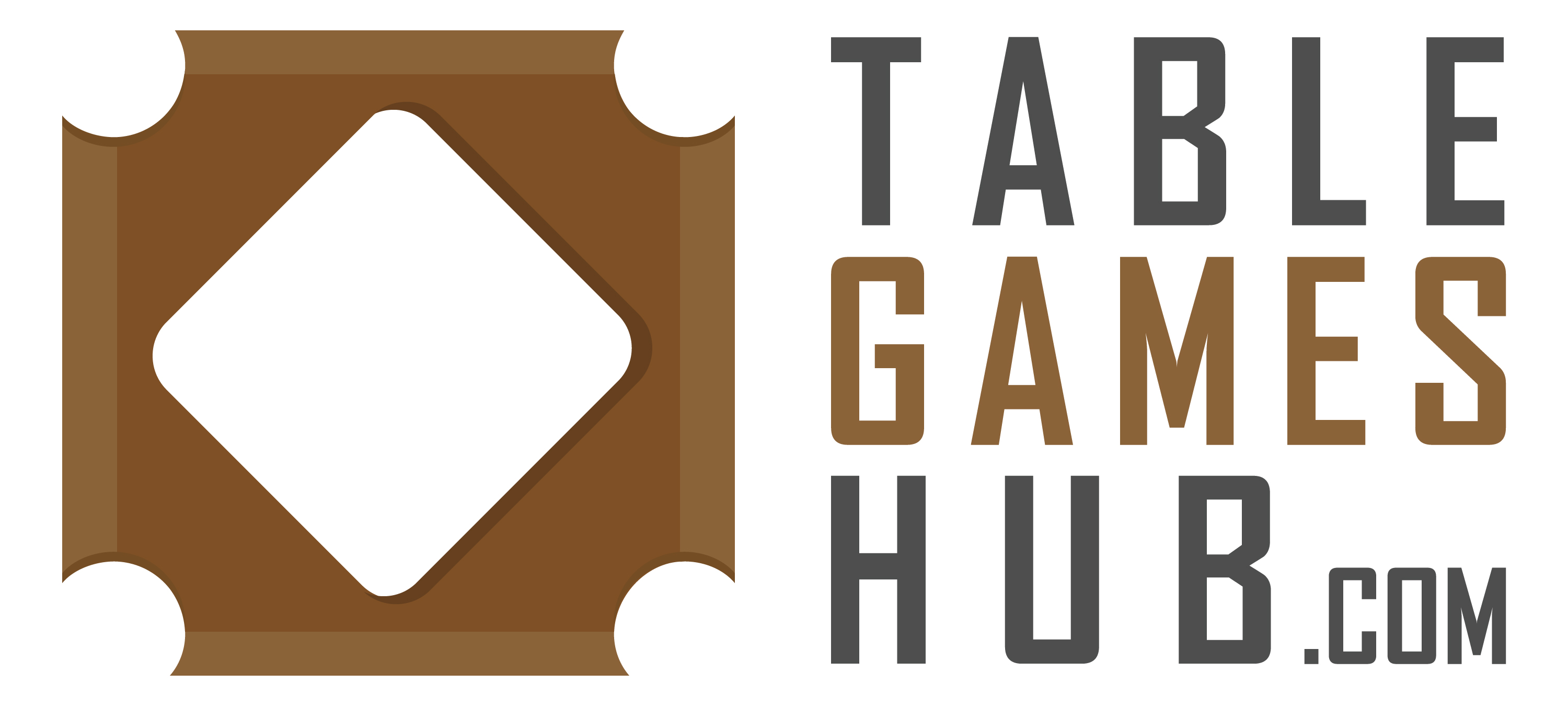When you speak of table tennis, you talk about a sport that is widely known by most people in the world. Table tennis is the kind of sport that anyone can get involved in anytime because of its simplicity.
The game is also good for individuals to develop their coordination and alertness.
The players of this game, who have already mastered the art, are able to maneuver their opponents around the table.
This makes it difficult for them to predict the next move and gives them an opportunity to score points. The real joy of this game is the simplicity that one finds when trying to get involved.
The equipment for this game is very accessible and straightforward to install. Therefore one can quickly learn how to play ping pong.
Overview History of Table Tennis
Back in the 1880s, in Victorian England, Table tennis was established as an after-dinner amusement for the upper-class families of Victorians.
By the time equipment like a knot of string, books and cigar box lids were used for the game.
Books were arranged as the net; cigar box lid was the bat and knot of the string as the ball for the game.
This led to an idea to the game's creator, who designed the equipment for this game and began to sell them commercially.
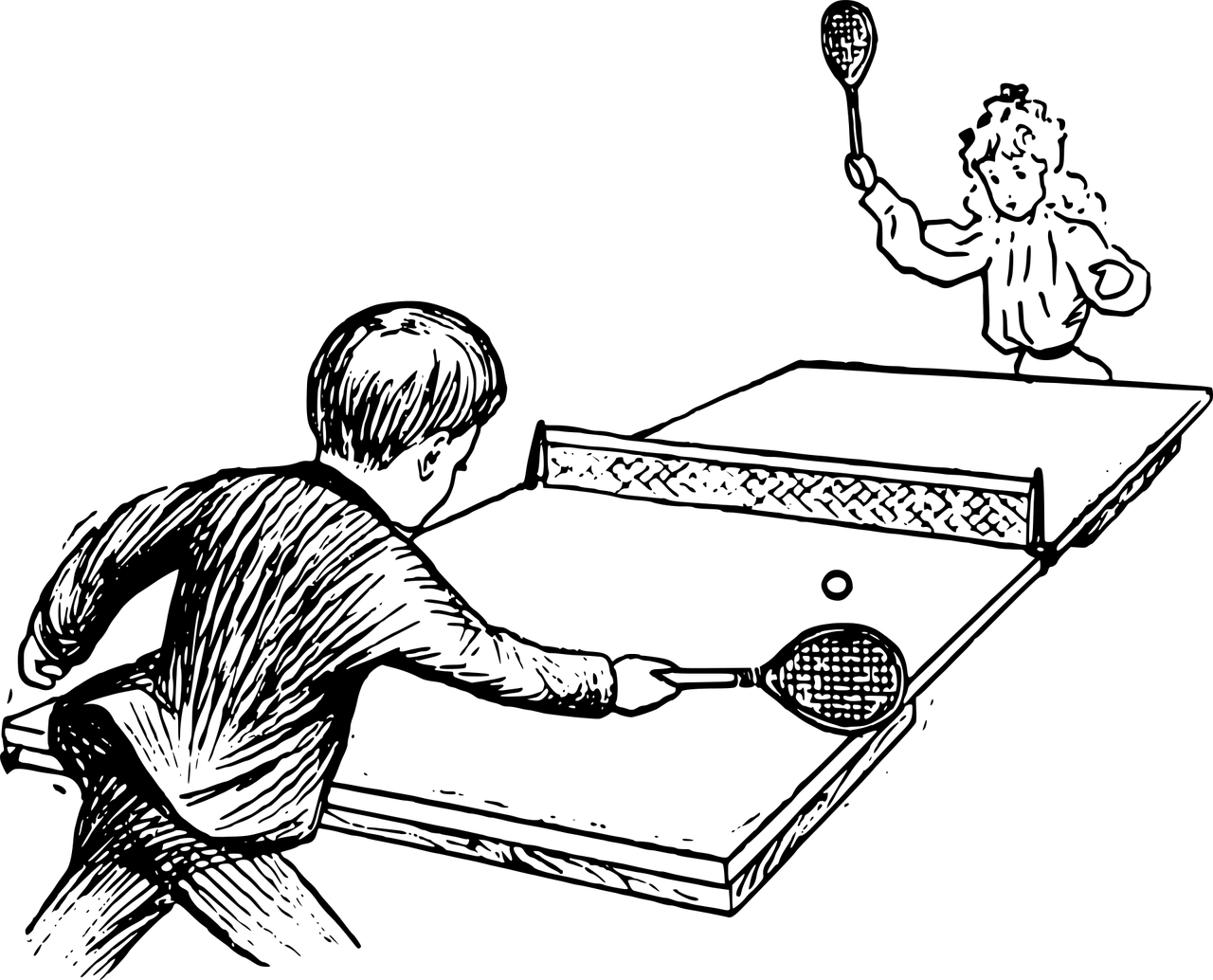
Ping pong was named after the sound generated by this game when played. Creators decided to use this name for the equipment of the game.
The celluloid balls, as well as the paddles, were then introduced around the 20th century. London decided to take the sport to a professional level by 1927 when the first tournament was held.
After the Olympics decided to add this game to the roster in 1988, the sport became popular among Asian countries.
The sport then dominated in countries like Korea and China.
After this brief introduction of table tennis, Lets now take a look at the general rules that govern this game. This will allow you to learn the basics of this game.
Ping Pong Rules
The Table
When learning how to play ping pong, it is critical to understand the rules. First of all, the most important equipment of this game is the table.
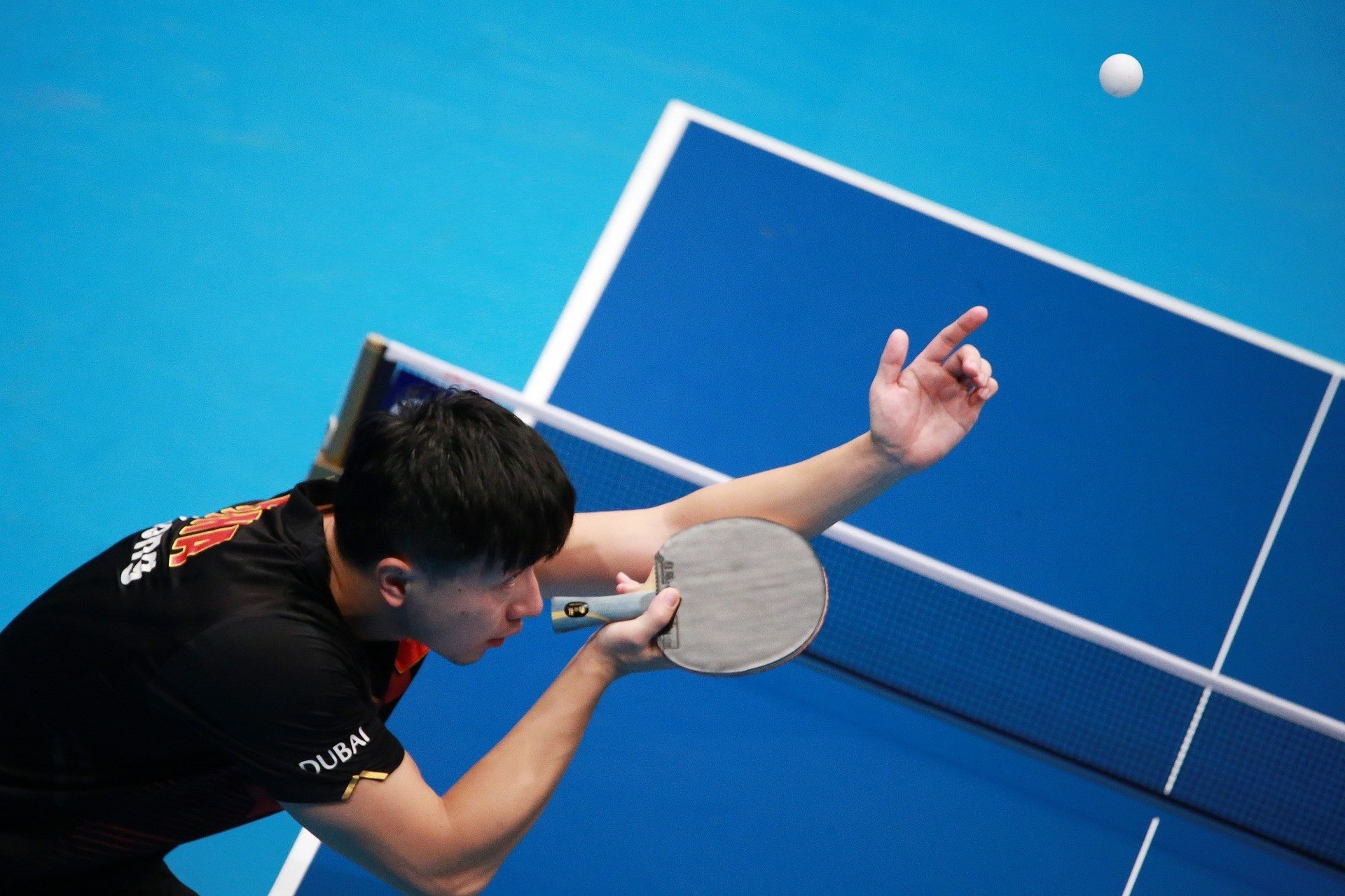
Its upper surface is usually rectangular with 2.74m length and 1.525m width as well as 76cm of height.
The cover on the table top should not include any vertical sides at the top.
Materials can be any type that will produce a bounce of 23cm to 30cm on the first drop of the ball.
The color of the surface should always be uniformly colored with dark color material. It should also have a boundary of a white line drawn 2cm from the edges of the table.
Then, it should be divided by the net into two equal sides.
The Net Assembly
The net assembly will comprise the net, its suspension and the supporting posts, including the clasps connecting them to the table.
It must be suspended by a line joined at each conclusion to an upright post 15.25cm high, the outside furthest reaches of the post being 15.25cm outside the sideline.
The highest point of the net, along with its entire length, will be 15.25cm over the playing surface.
The base of the net, along with its full extent, must also be as close to the playing surface and the finishes of the net will be joined to the supporting presents from the top on base.
The Ball
The ball is round, with a width of 40mm and it weighs 2.7g. It is made of celluloid or comparative plastics material and will be white or orange, and matter
The Racket
The racket can be of any size, shape or weight. However, the cutting edge must be leveled and unbending.
The surface covering material is of matt and brilliant red on one side and dark on the other. No less than 85% of the sharp edge thickness is of standard wood.
Definitions
The Service
When learning how to play ping-pong, the serving begins with the ball laying uninhibitedly on the open palm of the server's stationary free hand.
The server then extends the ball close vertically upwards, without giving a twist, so it ascends no less than 16cm in the wake of leaving the palm of the free hand and afterward falls without contacting anything before getting struck.
As the ball is falling, the server hits it with the goal that it touches first the opponent's court.
Afterward, after disregarding or around the net gathering, contacts straightforwardly the recipient's court; in duplicates, the ball will contact the right half court of server and beneficiary progressively.
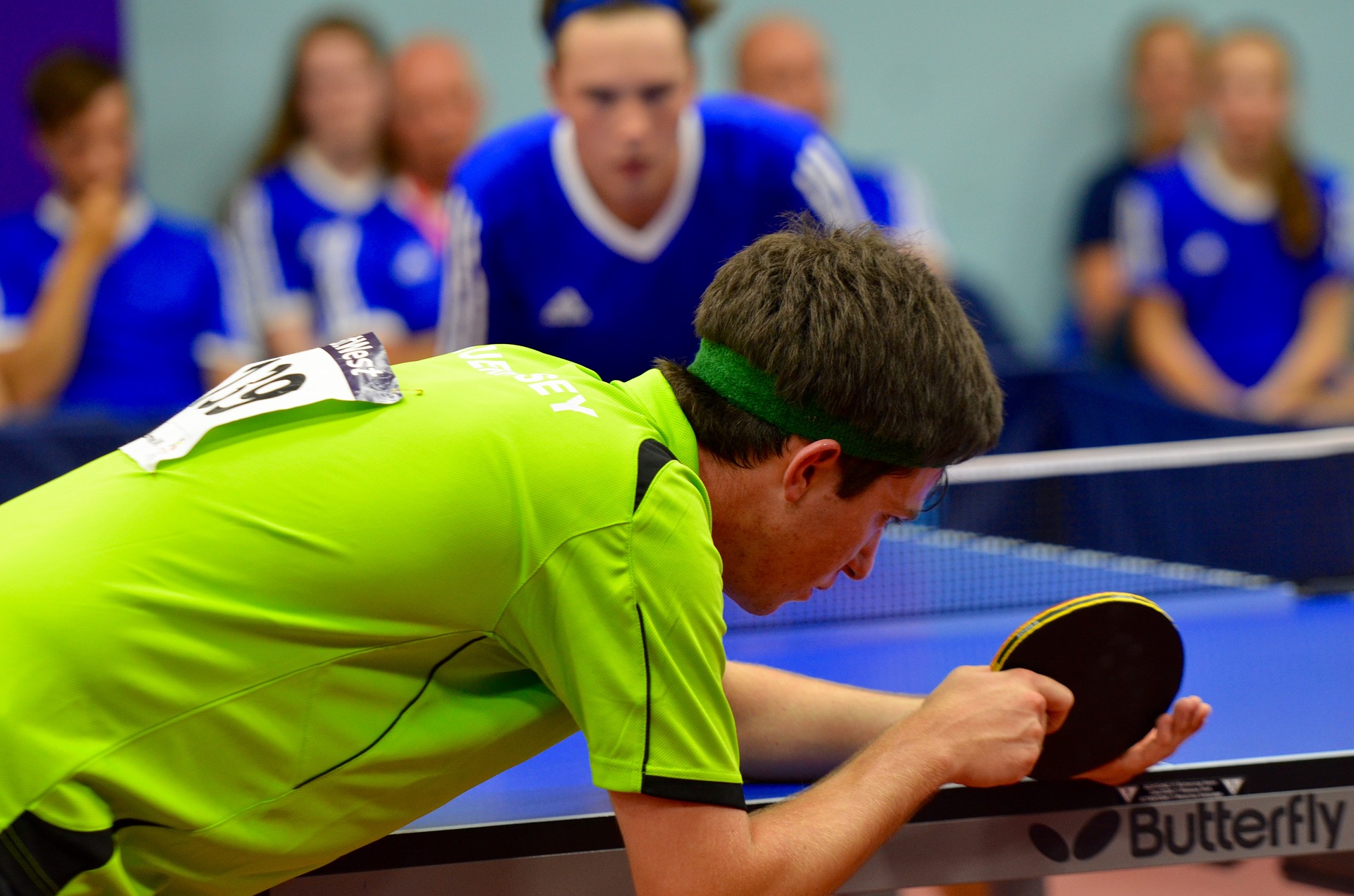
From the beginning of administration until the point it is struck, the ball will be over the level of the playing surface and behind the server's side, and it will not be avoiding the beneficiary by the server or his or her copies accomplice or by anything they wear or convey.
When the ball is anticipated, the server's free arm and hand expells from the space between the ball and the net.
The space between the ball and the net is characterized by the ball, the net, and its inconclusive upward expansion.
The player must serve so the umpire or the colleague umpire can be fulfilled that he or she conforms to the necessities of the Laws, and either may choose that an administration is inaccurate.
Notably, the umpire may loosen up the prerequisites for a right administration where he or she has fulfilled that consistency is forestalled by a physical handicap.
The Return
The ball, having been served or returned must be struck with the goal that it ignores or around the net assembly and contacts the rivals court, either individually or in the wake of contacting the net get together.
This is important to know when learning how to play ping pong.
The Order of Play
In singles, the server shall make the first service, and the receiver shall make a return and after that alternately shall each make a return.
In doubles, the server shall first do a service; then, the receiver must return the ball, the server's partner needs to make a return. Afterward, each player taking turns must make a return.
A Point
A Game
When learning how to play ping pong, the diversion will be won by a player or combine first scoring 11 focuses except if the two players or sets score 10 centers, when the amusement is won by the primary player or match in this manner picking up a lead of 2 focuses.
A Match
A match shall consist of the best of any odd number of games.
How to play Effectively and Win.
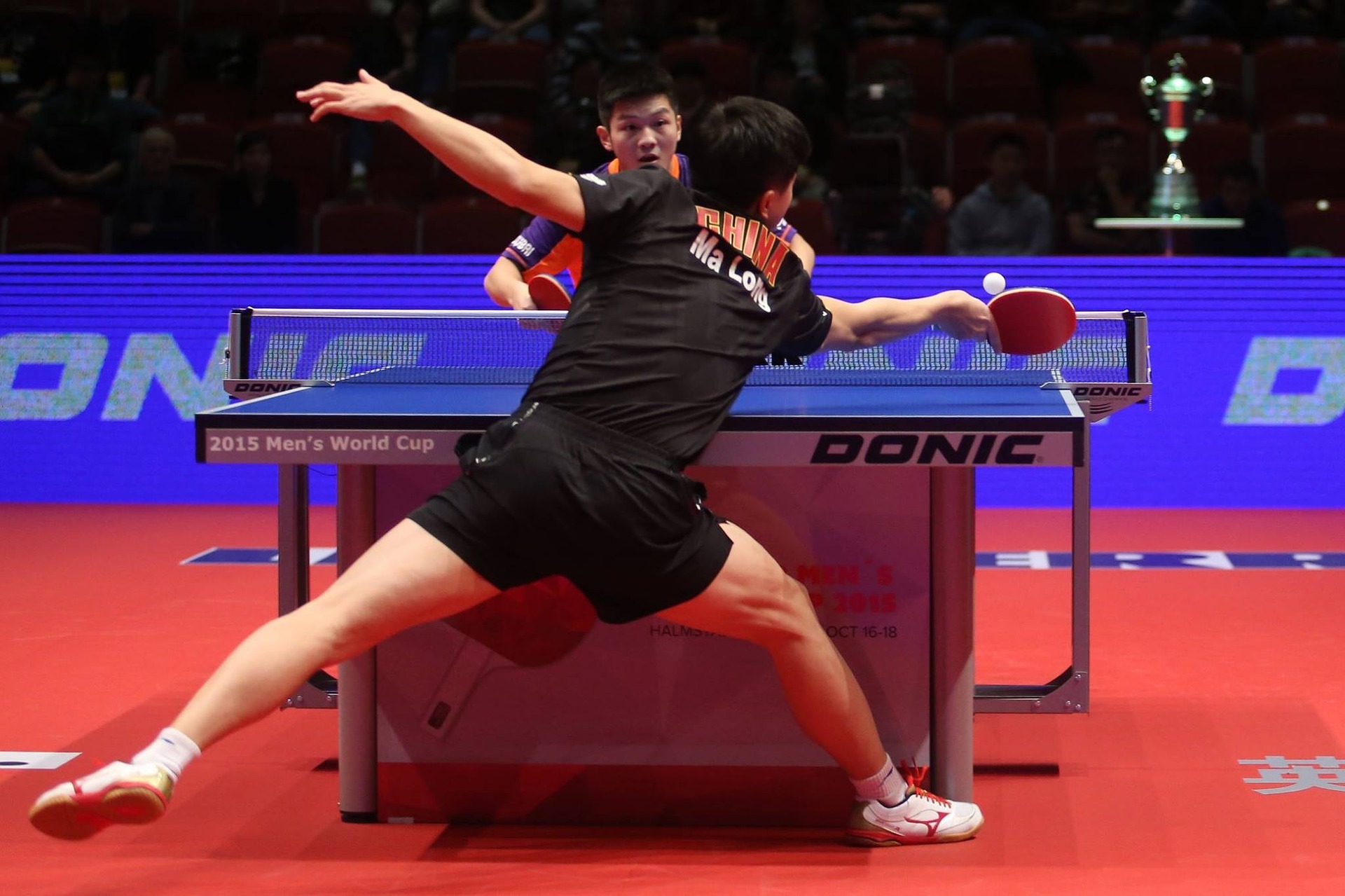
1. Know what spin is on the ball
The key to acquiring this vital skill is by watching the way the opponent's racket hits the shot. The sequence would look like the below:
2. Offset the spin with your racket angle
Whenever topspinning, point your racket looking down and contact the ball over its inside
Whenever backspinning, edge your noise looking up and touching the ball underneath its interior
At the point when right side spinning, edge your racket face to one side and contact the ball to one side of its mid-line
When left sidespin, point your driving racket face to one side and touch the ball to one side of its mid-line
While holding your racket at the proposed edge, stroke tenderly forward. Only after you have built up a vibe for the turn should you stroke the ball with more power.
3. Use your body when stroking your forehand
Ensure that you turn your hips and shoulders in reverse amid the backswing and afterward forward into the ball as you stroke your forehand.
A typical forehand mix-up is to utilize just your arm to hit the ball, which severely restrains your capacity and consistency.
4. Maintain a good ready position
A good ready position makes sure your body is prepared to move quickly in any direction. This should be used for return serves.
The primary sequence of a table tennis rally is:
5. Train your strokes until they are automatic
When you initially take in another table tennis expertise, you utilize a considerable measure of mental vitality to figure a clear mental picture of how the stroke looks and feels.
When this mental picture is generally exact, you should then practice that expertise over and over again until you never still need to consider how to do it.
This is your programmed organize.
Your best execution will come when you play on programmed, and you don't examine your expertise. You just let it happen frequently.
6. Use your own table tennis racket
It is imperative to get your own particular racket and utilize it solely. Each racket has its own vibe and playing qualities, and you will profit incredibly by using just a single racket, so you're not continually attempting to adjust to an alternate/new one.
Additionally, take great care of your racket; approach it with deference.
Keep it for a situation when you're not utilizing it.
In case you're using upset wipe elastic (smooth surface), you should wash it with cleanser and water or a different racket cleaner after each utilization.
7. Develop sidespin serves
Scarcely any tenderfoot table tennis players utilize sidespin on their serves; though, top players use sidespin on relatively every serve.
Sidespin is quite often joined with either topspin or reverse-pivot; pure sidespin is to a high degree uncommon in table tennis.
Especially helpful is a sidespin/reverse-pivot serve that is low to the net and ricochets twice on the opposite side of the table.
This sort of serve will indeed confine your rival's serve return choices.
8. Keep your returns low over the net
When all is said in done, the smaller over the net you put your shots, the less point your rival can utilize and the harder it is for them to hit it with control.
The one exemption to this is whether you employ hurls, you will need to put the ball high finished the net (and as near the finish of the table as could reasonably be expected).
9. Practice more than you compete
Practice alludes to all the time you spend building up your table tennis amusement by focusing on some aspect(s) you need to fortify.
The essential target amid training is to build up your entertainment.
Then again, when you contend, your primary goal ought to be to win, not to take a shot at some piece of your diversion.
It is vital to play hone diversions where the goal is to mix in another expertise or strategy into a match-like circumstance before you contend.
The accentuation for these training diversions is still on advancement, not winning.
Furthermore, when you do battle, even though your fundamental objective is on winning, you can, in any case, take in a considerable measure about your aptitudes and strategies by breaking down your matches after they are finished.
10. Get a table tennis training partner
To extremely propel your diversion, it's essential to discover others with similar objectives and playing levels and practice/prepare with them.
A table social club is an excellent spot to do this. Most clubs have players of all different playing levels.
Discover somebody at a similar playing level as yourself and focus on working on/preparing together on a standard, steady premise.
You ought to intermittently evaluate your advancement by playing with players at a more significant amount.
Additionally, when learning how to play, most clubs have a table tennis mentor who can help enhance your diversion enormously.
Another work on/preparing accomplice choice is a table tennis robot.
Many table social clubs have robots to practice and prepare with, or you can get one for your home and have the capacity to practice and prepare whenever you need, for whatever length of time that you need. These are essential factors when learning how to play ping pong.
